Logistics is the key to victory in war, if you can cut your enemy supply lines and maintain your own you can effectively reduce or eliminate the enemies ability to continue hostilities.
Since before biblical times waring peoples, tribes and nations have laid siege to each other in one form or another, their objective ultimately was to cut the supply lines to the village, town or city in order to force a surrender.
Nothing highlights this point better than the two world wars of the 20th century, in these conflicts the UK and Germany twice tried to cut each other’s supply lines with differing results.
In World War II the USA would show how effective cutting the enemy supply chain was with their highly successful campaign against the supply network of the Japanese empire.
The naval convoy system
Ships have often sailed together for mutual protection throughout the ages; thus the idea of a convoy is not a new one.
But by 1917 the losses to the UK merchant navy were substantial and critically, unsustainable, this was a major cause for concern and a solution had to be found.
It was decided that for the first time in modern history that ships would sail in groups escorted by warships for protection, the modern convoy system was formed
Once implemented the UK and allies saw a reduction in ship losses, but critically with the naval blockade by the UK on Germany the German supply network was hampered so severely that its population were effectively starved into submission and its production of materials and equipment was seriously reduced.
With the end of World War I a period of peace ensued, lessons learnt during the war were not entirely adopted and things largely went back to normal, it would take another world war to ram home the point.
In World War II Germany and the UK would once again face off against each other, and once again the same Battle would be fought, it would become the longest campaign of the entire war, starting on September 3rd 1939 and ending on May 8th 1945 it became known as the Battle for the Atlantic.
The prelude
During the 1930s Karl Doenitz realized that the next war with the UK would be one of tonnage, he firmly understood that given enough submarines (he asked for 300) he could defeat the UK by simply denying them the supplies and ships carrying the supplies this would overwhelm the UKs ship building capacity.
This led to Doenitz calculating that he would have to sink 300,000tons per month to defeat the UK, after 1941 and the American entry into the war the calculation was revised to 700,000tons per month.
Doenitz also knew that like the final year of the first world war the UK would likely convoy their ships in order to make the task of sinking them harder.
For this reason, during the lead up to war Doenitz focused his attention to developing group tactics, we know them as wolf packs.
The idea behind the tactic is simple, attack a convoy from multiple directions confusing and forcing the escorting warships to chase after multiple contacts while other U boats target the merchant ships.
The convoy
A convoy is simply a group of ships sailing in formation usually a box, each keeping a set distance apart normally 1nm and at a set speed as set by the slowest ship in the convoy.
The convoy consisted of many cargo ships usually between 30 to 60 vessels, it would be escorted usually only by a handful of warships these would be Corvettes, Sloops, Frigates and Destroyers.
This meant that a large group of ships could be protected by only a small amount of escort ships enabling better use of assets.
The convoy also had another feature, if you look at todays traffic flows you will see single ships trailing each other across the entire Atlantic, this means that a submarine could easily sit around and just wait for a passing ship every few hours in a known shipping route, with a convoy that regularity is gone, as the convoy footprint is much smaller than single ship sailings.
A typical large convoy in 1943 would consist of around 60 ships on a broad front in a box formation, this front could be as long as 23 miles.
By reducing the routine sailing of ships and grouping them U boats would have to wait days or even weeks before making contact, sometimes entire convoys could sail right past the U boat screens without a single ship lost.
The convoy system was therefore effective at mitigating losses, a lesson that Japan didn’t learn as is evident by the fact they lost an estimated 90% of their merchant fleet 55% of which was attributed to a combined British, Dutch and largely American submarine campaign.
World War II
Both world wars were wars of attrition and arguably World War II was a war of attrition par excellence. Effectively if you could produce more than your enemy could destroy you win.
Key to the war however is not just denying the enemy supplies, but also hindering their manufacturing and supply capability.
Unlike World War I, World War II was more highly mechanized, and targets such as factories, shipyards, Transport networks and warehousing became critical targets for each side.
By targeting the manufacturing, transport and logistical infrastructure you can reduce the enemy’s capability to produce equipment and transport supplies thus reducing their ability to fight.
The battle of the Atlantic was therefore critical to the Germans because by cutting the UKs supply of materials it would lead to the collapse of the country as the island itself was not self-sufficient.
This was also true in the Pacific, if the USA could reduce the Japanese manufacturing infrastructure and cut its transport links then Japan could not sustain itself as like the UK Japan was not self-sufficient.
Aftermath
With the German and Japanese defeated the task of bringing the defeated to account began.
During the Nuremberg trails Admiral Karl Doenitz was bought to task about his unrestricted submarine campaign.
Admiral Chester Nimitz highlighted that the USA had also engaged in unrestricted submarine warfare in the Pacific from day one of the war and that the US submarines had similar orders, this resulted in Doenitz being found not guilty on this count.
It became clear that any future war would ultimately be one of targeting each other’s logistical, transport and manufacturing networks.
With the rise of the Soviet Union throughout the cold war a lot of emphasis was placed on exercising convoy tactics in the NATO navies, a practice that still happens today.
Cold War and Today
The Soviet Union had indeed realized that should there be another war involving the USA, UK and Europe against the Soviet Union then vital materials and equipment would have to be shipped from North America to that region.
Because the Soviet Union could not match the western navies platform for platform it was considered that any war with the west would see them adopt similar tactics to the Germans, this would be to cut the European North American supply lines which would be convoyed across the Atlantic.
During the cold war the Soviet Union would produce many different types of submarines, powered either by conventional diesel electric or nuclear, they would also encompass the latest weapons and technology adapting both cruise missiles and ballistic missiles to be fired from submarines.
At its peak in the 1980s the Soviet Union would possess some 480 submarines of various types and indeed in various states of condition, their surface fleet was also not neglected numbering 1,053 ships in 1990.
Unlike the UK and Japan in World War II the Soviet Union was largely and theoretically at least self-sufficient, it had abundant supplies of raw materials and had a large manufacturing capability.
However due to political incompetence, centralized networks its logistical and manufacturing sectors being inefficient the Soviet Union would be unable to sustain itself.
One good joke of the era in the Soviet Union highlights this issue very well: A nail factory was tasked to produce nails by a tonnage quota, so to meet this quota they produced one large nail.
In the 1980s during the tanker wars the convoy system returned as operation earnest will, this time coalition ships would escort merchant ships in the Persian gulf so they did not become targets of either side.
This was largely successful but many ships were still attacked and damaged during the 4 years of that campaign.
As of today 2022 there are efforts to loosely convoy ships around the coast of Somalia due to pirate attacks, since ships have been sailing with war ships nearby the number of pirate attacks in the region has declined.
Conclusion
The naval convoy system has stood the test of time, it is a tactic that is still in use today in various parts of the world.
Its notable climax during the second world war highlights just how vital the merchant shipping industry is to a nation in both peace and war.
Despite the advances in technology and weapons the naval convoy will likely be around for a very long time to come, it has become a vital tactic to keep the manufacturing and supply chain networks of their representative countries intact in peace and war.

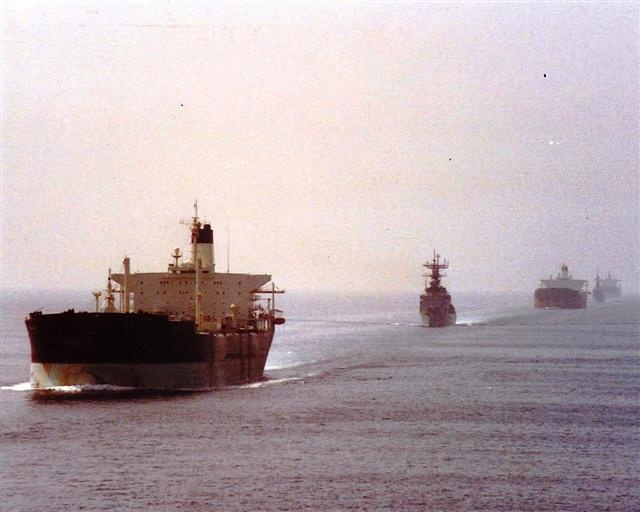
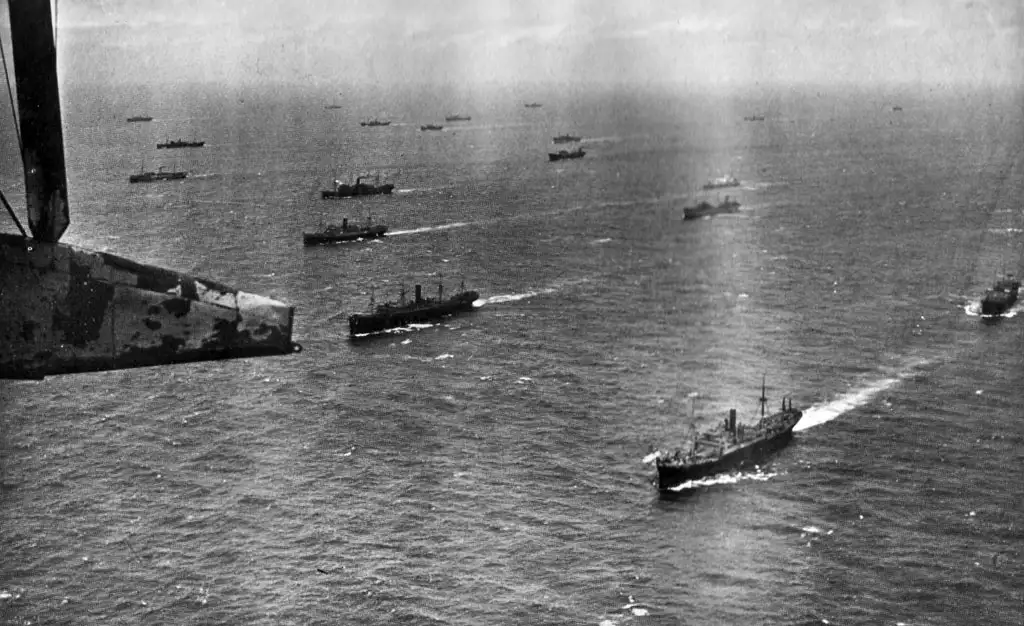
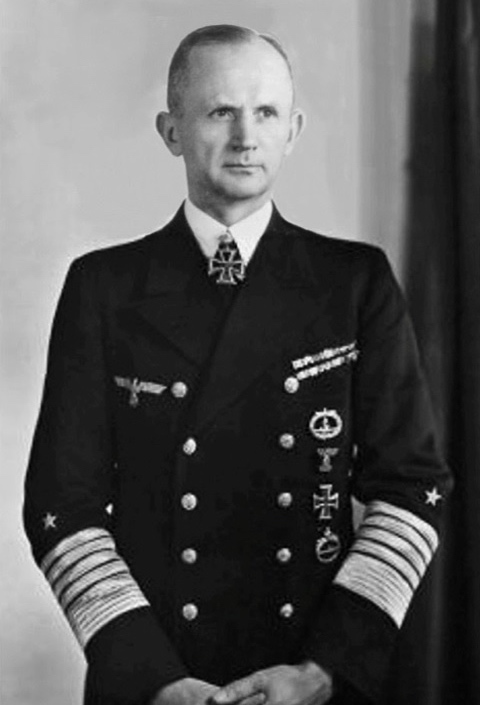

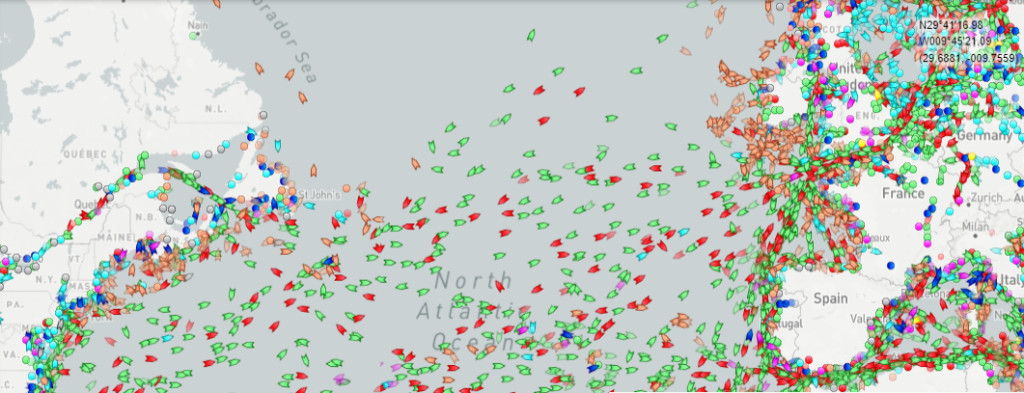
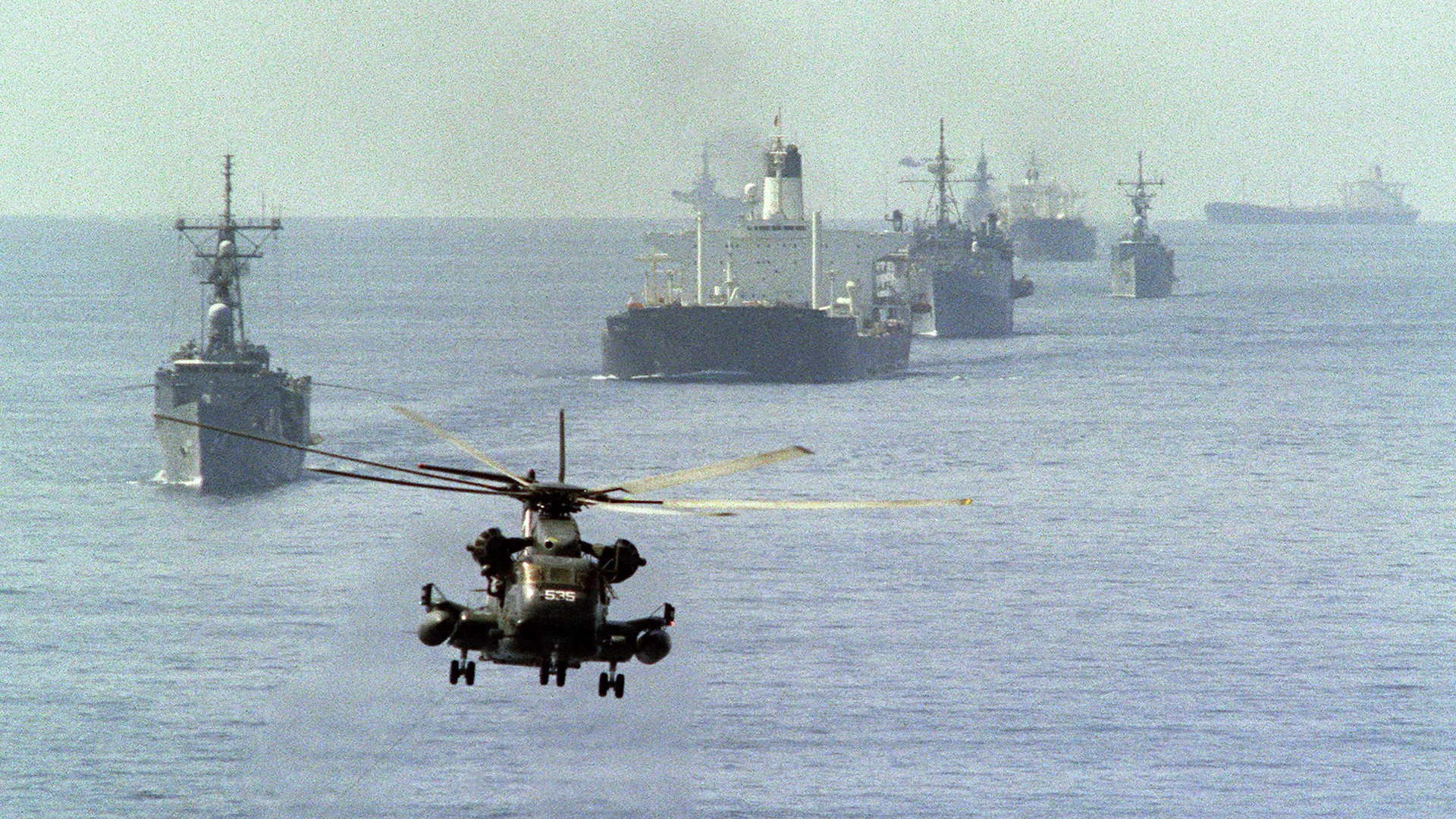

Recent Comments